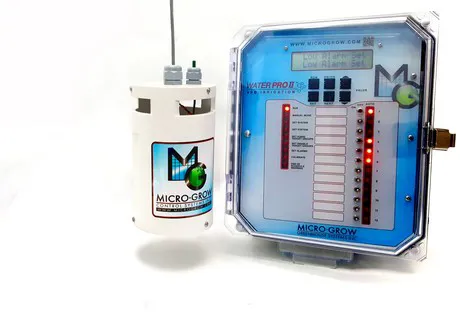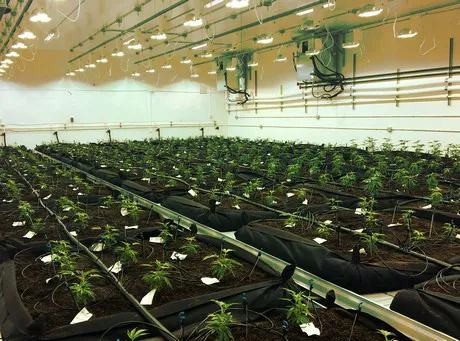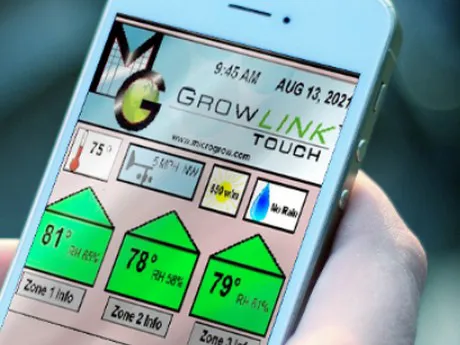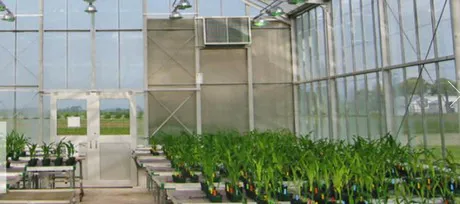Can something as simple as watering your plants be improved upon? Is there a way to save some money with a more efficient method of watering? “Yes, and by harnessing what the plant wants to tell you, namely the plants transpiration”, says Daphne Brogdon from Micro Grow Greenhouse Systems.
“Relative humidity is the most common way growers express the air’s saturation with water, however it is not the best measurement to accurately predict plant transpiration or water loss. Relative humidity refers to the amount of water in the air, not the amount of water on the plant. As an example, New Orleans in the Summer can make a person droop, while it is just right for the orchids. So a more accurate way to express the water loss from a leaf is by vapor pressure deficit (VPD).”

Two professors from The University of Michigan put it this way: “VPD is the difference between the amount of moisture in the air and how much moisture the air could potentially hold when it’s saturated. It’s often measured in pounds per square inch (psi) or kilopascal (kPa). A high VPD (greater than 1.0 kPa) means that the air can still hold a large amount of water. Therefore, there’s a fairly large gradient between plants (nearly saturated with water) and the air, enabling the plants to transpire and, over time, dry out. A low VPD indicates the air is near saturation. A VPD of zero means the air is 100% saturated and thus plants cannot transpire effectively.

VPD takes into account: Air temperature, leaf temperature and relative humidity. So, is VPD a magic tool that intuitively knows how much water your plant needs? Daphne: “Maybe the VPD of the future, but for now once VPD is properly set up, the VPD can adjust day to day watering based on the environment your plant is in.”

There are a few irrigation systems that utilize VPD. One of them is Micro Grow’s Water Pro. The basic system is a controller with twelve independent stations, one VPD sensor that monitors air temperature, relative humidity and it also has a sensor that simulates the plants leaf temperature. When using VPD, the Water Pro constantly monitors ‘all’ environmental changes that surround the plants. As these changes take place, it will automatically regulate the amount of water delivered to the plants.

“The Water Pro is a standalone system, which can be expanded to add twelve outputs with the addition of a Water Pro Expansion Unit. You can, also, add an additional VPD Sensor which will give you the ability to independently monitor two zones from a single Water Pro. The Water Pro can be connected to a computer and it can be used with our optional Growlink PC Software for sensor data logging and remote control operations.”
For more information: Micro Grow
Micro Grow
42065 Zevo Drive, Temecula CA 92590 USA
(951) - 296 - 3340
sales@microgrow.com
www.microgrow.com
